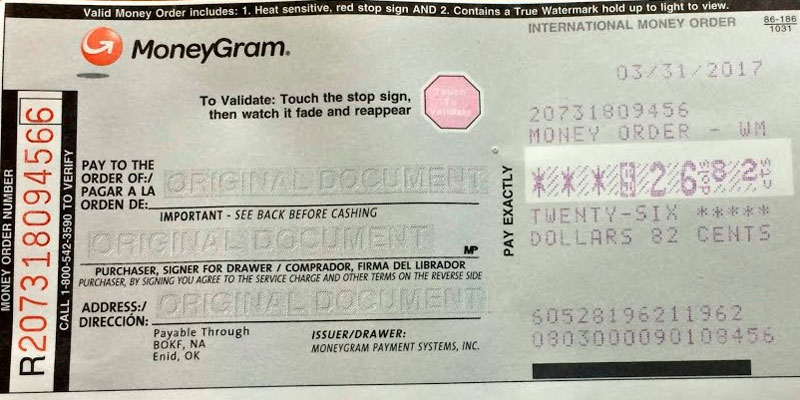Calculator for amortising mortgages
Making greater monthly payments is one strategy for reducing the length of your mortgage loan. But how much more money do you want to spend? The mortgage payback calculator from NerdWallet does the math for you.
Useful mortgage payoff calculator
Number of Months of Payments: Your Closing Disclosure will have this information on the first line of the Loan Terms section. How long before you hope to have your home loan paid off? Alter the payout period and watch the interest savings grow or shrink as you adjust the numbers.
Reducing the total owed by making principal payments
Ensure you have approval from your mortgage servicer before making any additional payments. If you want the extra money to reduce the debt rather than the interest or future payments, you may have to say so. Service providers operate in unique ways.
Put a large chunk of money toward the principal all at once. This might be done with any large sum of money, such as a bonus, inheritance, or tax refund. Make sure the payment goes toward paying your principal by communicating with your servicer.
Reduce your loan's term length by refinancing. It's a win-win situation if you can refinance with a shorter term and a lower interest rate. The typical mortgage term is 30 years. However, you can refinance into a 15-year loan. Almost sure the monthly payments will be greater, and you'll have to shell out cash for closing, but your overall interest costs will be far lower.
Mortgage Interest and Principal

You'll have to pay back the principal and the interest on a loan. The interest is the cost of borrowing money from the lender; the principal is the amount borrowed. The interest rate is calculated as a fixed annual percentage of the principal balance. Mortgage loan interest and principal are both included in a conventional amortization schedule.
Interest will be paid in full at the beginning of each payment period, and the balance will go toward paying off the loan. At first, a larger percentage of your payment will go toward interest due to the outstanding balance on the total principal. However, interest payments will decrease as the loan's outstanding principal is paid down. For this reason, the proportion of a payment that goes toward interest gradually decreases as the principal paid increases.
Additions to the Original Budget
When making extra payments on a mortgage, the payment is made on top of the regular monthly payment. These payments can be made at once or spread out over time (monthly or annually, for example).
Paying more than the minimum required monthly payment may significantly reduce interest expenses. With a $2,000 lump sum payment applied to a $200,000, 30-year loan at 5% interest, the loan would be paid off four months early, saving $3,420 in interest. An additional $6 per month applied to a $200,000, 30-year, 5% interest loan would result in a principal payoff date four payments earlier and a savings of $2,796 in interest.
Bi-Weekly Remittances
Biweekly payments are another method to help you get out from under your mortgage faster. Essentially, you'll make a payment equal to one-half of your standard mortgage amount every two weeks. Since there are 52 weeks in a year, this method will result in 26 partial payments. Thus, after each year, debtors will have paid for an additional month in 13 installments. The biweekly payment schedule is for you if you get paid every two weeks. Borrowers in this situation can set aside money from each paycheck to go toward the mortgage.
Adjust your loan's term length down to something more manageable.

Refinancing, or getting a new mortgage to pay off an existing one, is another choice. Take the case of a borrower with a $200,000 home loan at 5% interest and 20 years left on the loan term as an illustration. A monthly payment of $1,319.91 would be reduced to $1,211.96 if the borrower could refinance into a new 20-year loan with the same principal at a 4% interest rate. Throughout the loan, you will save $25,908.20 in interest payments.
Punishments for Early Payment
The lender may require a prepayment penalty if the loan is paid early. Lenders view mortgages as long-term investments that generate substantial returns; they naturally take precautions to prevent any threats to these cash cows.
Lenders use a variety of approaches to determine prepayment fees. Penalties can range from no action to as much as 80% of the interest the lender would have made in the next six months. Sometimes, a lender tacks on a certain percentage of the total amount still owed. Early in a mortgage's term, these penalties might add to substantial costs.











